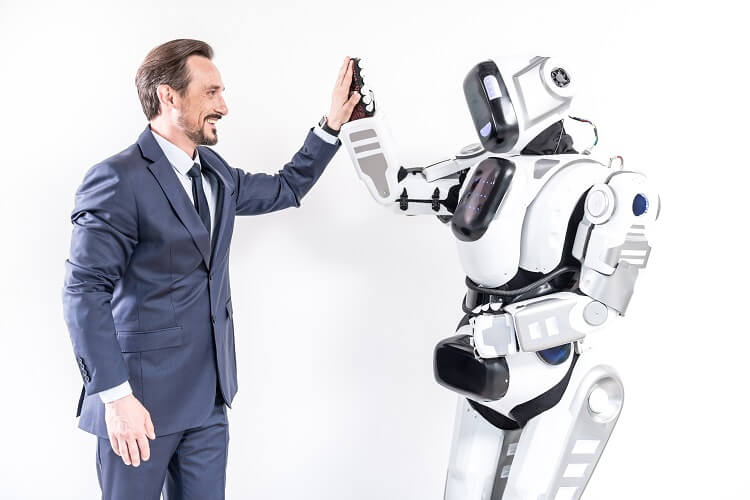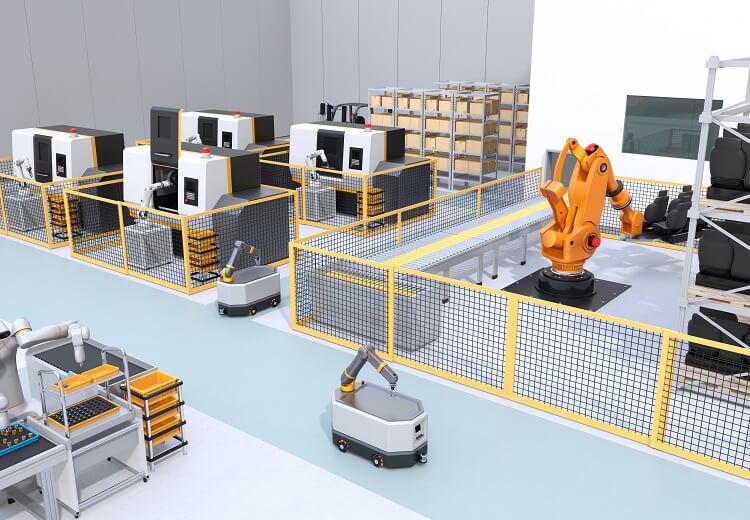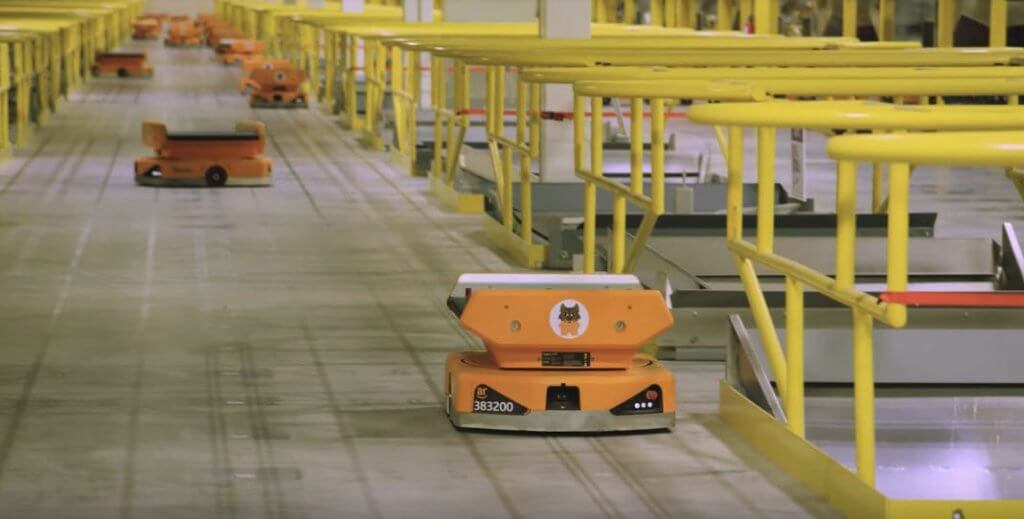Robots have been with us for well over a century, at least in fiction. From Maria in the German silent masterpiece Metropolis to the familiar C3PO in the Star Wars universe, writers and filmmakers have dreamt about intelligent, human-shaped robots to serve as our everyday companions.

Imagine our disappointment when the first real robots started appearing in our factories. Not only were these robots unintelligent, they were not even shaped like a human. The automotive industry was amongst the first to understand the value of robots. Employing machines to accurately complete repetitive tasks improved both the quality and the efficiency of the production line. There was no need to make these robots in human form, and this is still true today.
The early robots were designed to perform a small number of tasks with precision, but the technology available at the time prevented them from being flexible and adaptable. However, as the power of computers and electronics has improved over the years, robots have grown in their capabilities.
What Are Autonomous Robots?
While clearly not yet as sophisticated as a character from Asimov’s novels, the latest generation of robots are capable of independent activity. Described as autonomous, this robot should be able to collect information about its surroundings and navigate safely without human help. It should be capable of working for an extended period without intervention, and it should be able to learn and adapt to changing surroundings.
If we look at an autonomous robot in an industrial environment, such as one used for the delivery of raw materials, it should be at home on the factory floor. It should be flexible enough to understand its tasks and schedule them appropriately. At the same time, it should be able to move around the factory without creating a hazard, either to itself or to other machines and operators. It should also be able to make decisions about its own condition, and schedule its own maintenance.
Sensors, Batteries and Connectivity
The autonomous robot collects information. The robot needs to collect data to monitor its own status, detect obstacles and conditions in the environment around it. For all of these and more, the autonomous robot requires sensors.

The sensors employed on the modern robot range from cameras and image recognition to lidar (light direction and ranging) and even hall effect sensors. With all these systems packed into a mobile machine, there is a need for connectors and cabling that can handle large amounts of data.
Advances in battery technology have enabled many of the innovations found in the latest generation of robots. Lightweight, high capacity batteries allow these robots to work remotely for long periods of time, and are coupled with modern high-efficiency motors. The need to manage the power to the robot’s systems has seen a greater emphasis on printed circuit board (PCB) mounted power connectors.
Autonomous Robots In Action
Just as Asimov speculated on the possible uses for robots in his fiction, the robots of the modern world have found applications in a wide range of industries. There is considerable interest in the use of robots in hazardous situations, from the vacuum of space to the challenges of the battlefield. However, the first experience that most of use will have with autonomous robots will be in the field of logistics.

Image: Youtube/Amazon News
Much has been made of the developments made by the giants of the delivery industry. Whether our pizza is delivered by a person or a robot will depend on how the designers of the future address the challenges posed by deploying robots into public spaces. Despite these high-profile examples, it is in the industrial world that autonomous robots are already making the biggest impact. The use of these machines on the factory floor has already enabled many manufacturers to embrace the smart factory revolution.
By using robots that are integrated into the factory network, parts can be delivered to the production line at the exact moment that they are needed. A change in production schedule is automatically communicated to the fleet of delivery robots, ensuring that the right parts are in the right place at the right time. This flexibility is at the heart of what makes the smart factory so powerful.
So, When Am I Getting My Robot?
It may still be a while before we get our own artificial companion. For many of us, the closest we will come to our own robot is an automatic vacuum cleaner or lawnmower. However, for many sectors of industry, robots are an essential tool in the growth of the smart factory. As autonomous robots continue to grow in sophistication, so too will the need for advanced connectors.
Working in the tough conditions of the factory floor, Samtec connectors are designed to provide reliability and performance for the smart factory. The new Industrial Applications page on Samtec.com gives an insight into a range of connector solutions for autonomous robots.



Leave a Reply